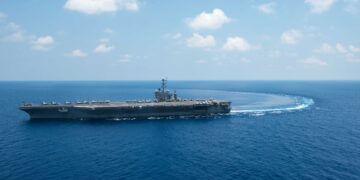February 18, 2025
The century’s first missile crisis is coming in Asia
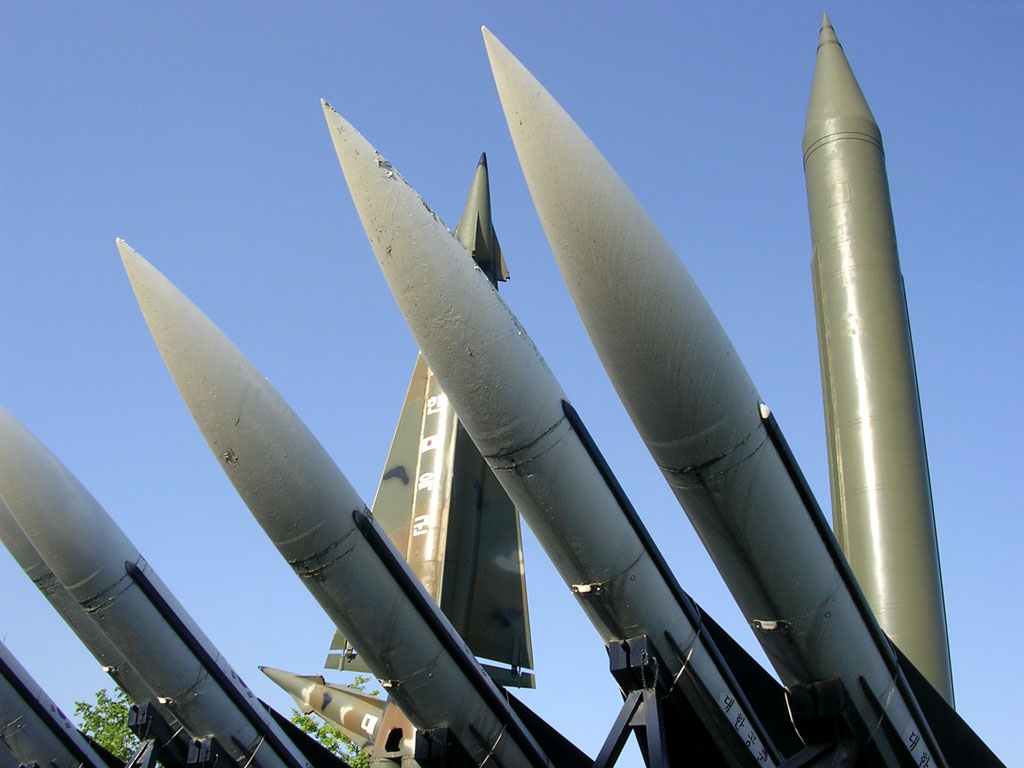
Missiles are at the center of global conflicts today. Much of 2024 was spent debating the escalation risks of allowing Ukraine to fire its U.S.-made longer-range missiles at targets inside Russia. In the Middle East, Iran’s high-risk missile attacks on Israeli soil and Israel’s dramatic counterstrike overshadowed—but did not slow—the Yemeni Houthis’ near-daily missile barrages against ships in the Red Sea.
While attention has focused on these lethal standoffs, the most serious missile threat to U.S. national security is unfolding in Asia. There, the Aug. 2, 2019, end of the 1987 U.S.-Soviet Intermediate-Range Nuclear Forces (INF) Treaty—which barred the United States and Soviet Union from fielding any nuclear or nonnuclear ground-launched missiles with ranges between 500 kilometers (310 miles) and 5,500 kilometers (3,418 miles)—has sparked a quiet arms race in a region already on edge. As it embarks on its review of U.S. national defense, the administration of President Donald Trump should pay attention.
Under former President Joe Biden, the U.S. military moved eagerly to seize the opportunities that the INF Treaty’s demise has opened in Asia by developing, testing, and fielding new ground-launched missiles that previously would have been prohibited.
But as new missiles begin arriving in the region, they bring with them many unappreciated risks. Countervailing reactions from adversaries, potentially including nuclear escalation, could leave the United States and its allies less safe even if the longer-range systems would prove useful in a future clash with China.
More on Asia
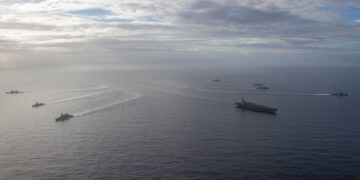
Featuring Jennifer Kavanagh
November 5, 2025
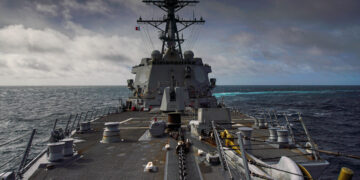
Featuring Lyle Goldstein
November 4, 2025
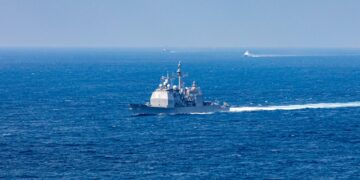
Featuring Jennifer Kavanagh
October 31, 2025
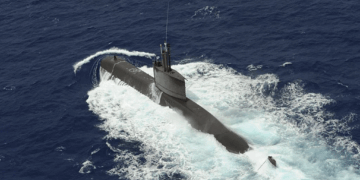
Featuring Jennifer Kavanagh
October 31, 2025

